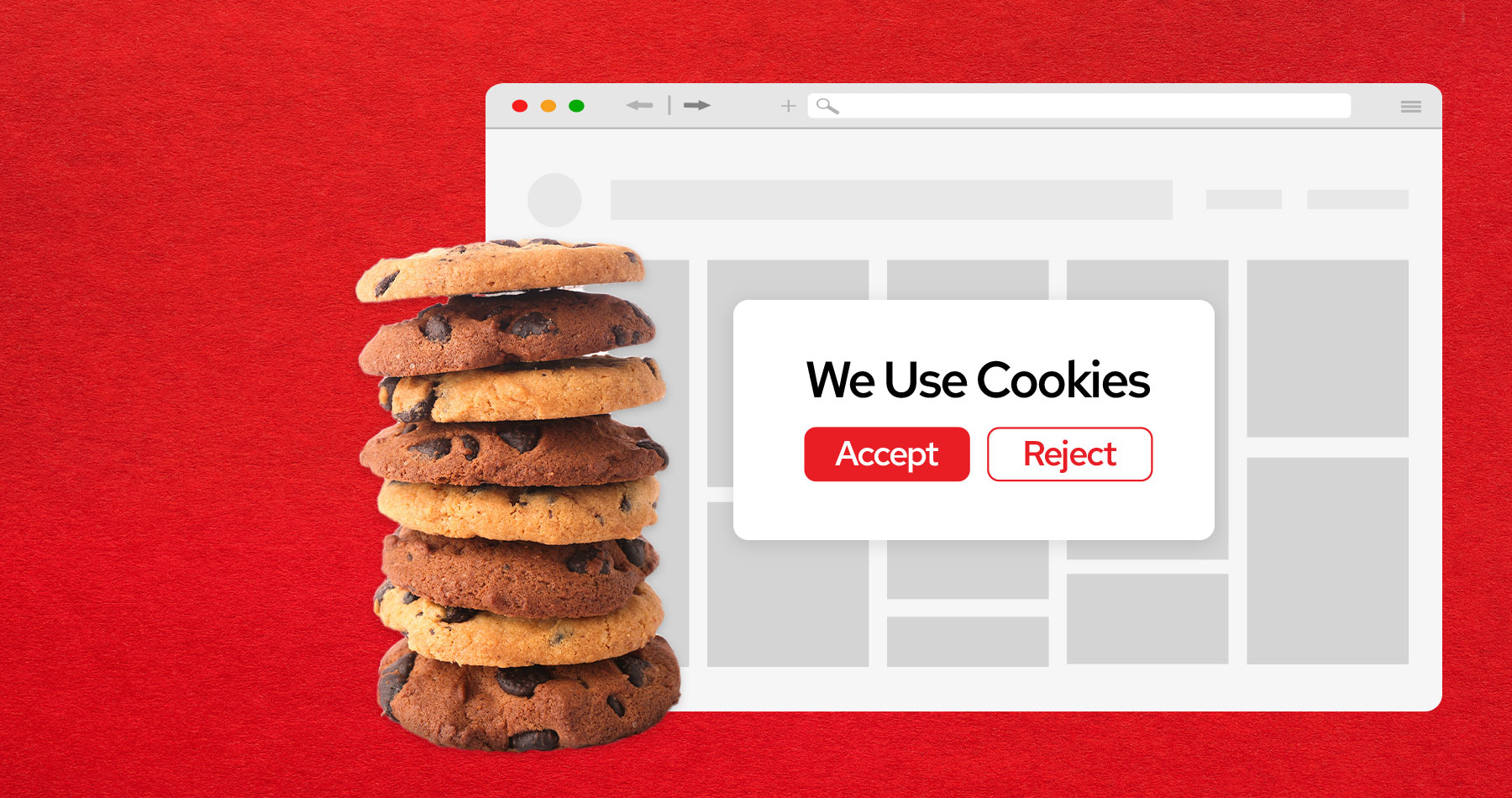
Ingredients:
2 1/4 cups all-purpose flour
1/2 teaspoon baking soda
1 cup unsalted butter, melted and slightly cooled
Lots and lots and lots of chocolate chips-
Wait… not that kind of cookie.
The word cookie gets thrown around a lot these days, and not because of a resurgence in grandma stopping by (yes, we agree that would be much more fun). Browser cookies, the miniscule chunks of data sent from a website and stored on a user’s device while they browse the internet, have been making waves in the digital marketing world due to some ongoing role in tracking user behavior across websites, raising privacy concerns. The ongoing discourse surrounding cookies has led to significant shifts in how tech companies, regulators, and marketing gurus alike approach them, including Google’s delays in the depreciation of certain cookies influencing the approach towards privacy every day.
If you’ve already preheated your oven, I apologize in advance. A browser cookie is a small file generated by a website and stored on a user’s device (e.g., computer, phone, or tablet) by the web browser. Each time the user revisits the website, the browser sends this cookie back to the server, allowing the site to recognize the user and fill in all the blanks from there. These files come in handy when storing different types of information, including:
There are two main types of cookies:
The latter have been at the heart of the ongoing debate about privacy and data usage for several years. They allow advertisers and data brokers to track users even after they leave your website, building detailed and extensive profiles on your digital footprint, including your interest, hobbies, or even spending habits. This cross-site tracking has fueled privacy concerns and has led to a regulatory crackdown, particularly in the European Union with laws like the General Data Protection Regulation (GDPR).
The growing awareness of privacy issues associated with third-party cookies has prompted both regulators and tech companies to reconsider their use. The most high-profile example is Google’s decision to phase out third-party cookies from its Chrome browser, which controls about 65% of the global browser market.
In January 2020, Google announced its intention to phase out third-party cookies by 2022 as part of its Privacy Sandbox initiative. The plan aimed to replace cookies with a set of tools designed to offer privacy-first advertising solutions while continuing to enable targeted advertising.
However, Google’s timeline has since been delayed twice. Initially pushed to 2023, the depreciation of third-party cookies has now been postponed to 2024. Google’s reasoning for the delays is that more time is needed to test its Privacy Sandbox technologies and ensure they effectively balance user privacy with the needs of advertisers and web developers.
The delay has provoked mixed reactions, especially from industry bodies like the Interactive Advertising Bureau (IAB). In recent comments, IAB CEO David Cohen expressed frustration with the uncertainty around Google’s timeline. The IAB, representing the digital advertising industry, has a vested interest in third-party cookies because they are essential to current advertising models.
The IAB has warned that the delay could create market disruption. Advertisers and publishers have had to prepare for a cookie-less world, investing in new technologies and strategies for targeting and measurement. Google’s repeated extensions have left these players in limbo, unsure when, or even if, the transition will finally take place.
The debate around cookies reflects a broader struggle between privacy advocates and the advertising industry. Privacy advocates argue that third-party cookies enable invasive tracking that violates users’ rights. Regulators like the European Union and California’s Consumer Privacy Act (CCPA) have introduced laws to limit data collection and improve transparency.
On the other hand, digital advertisers argue that third-party cookies are crucial for maintaining a free and open web. Many publishers rely on targeted ads for revenue, and without effective replacements, they claim that the current digital ecosystem could collapse or shift to more closed ecosystems controlled by tech giants like Google, Facebook, and Amazon.
As of late 2023 and early 2024, the future of third-party cookies remains uncertain. While Google’s delays provide more time for the industry to adapt, they also highlight the challenges of creating viable alternatives. Privacy Sandbox proposals like Topics API (a cookie alternative that categorizes users’ interests without detailed tracking) have received mixed reviews, with some critics arguing they don’t go far enough to protect user privacy.
The IAB has called for greater collaboration between tech companies, regulators, and the advertising industry to ensure a smooth transition. Meanwhile, other tech giants, like Apple, have already taken aggressive steps, blocking third-party cookies entirely in their Safari browser, forcing more rapid change in the advertising ecosystem.
Browser cookies have been a fundamental part of the web since the 1990s, enabling personalized user experiences and driving the digital advertising ecosystem. However, concerns over privacy and data security have triggered widespread criticism of third-party cookies, leading to significant changes in how the industry approaches them.
Google’s repeated delays in phasing out third-party cookies have prolonged uncertainty for advertisers, publishers, and privacy advocates. As tech companies explore alternatives, such as Google’s Privacy Sandbox, the ongoing debate highlights the challenge of balancing user privacy with the financial realities of the digital economy.
If you need advice on the best way to navigate these concerns with your marketing, we’re here to help. Reach out to our team to learn more.